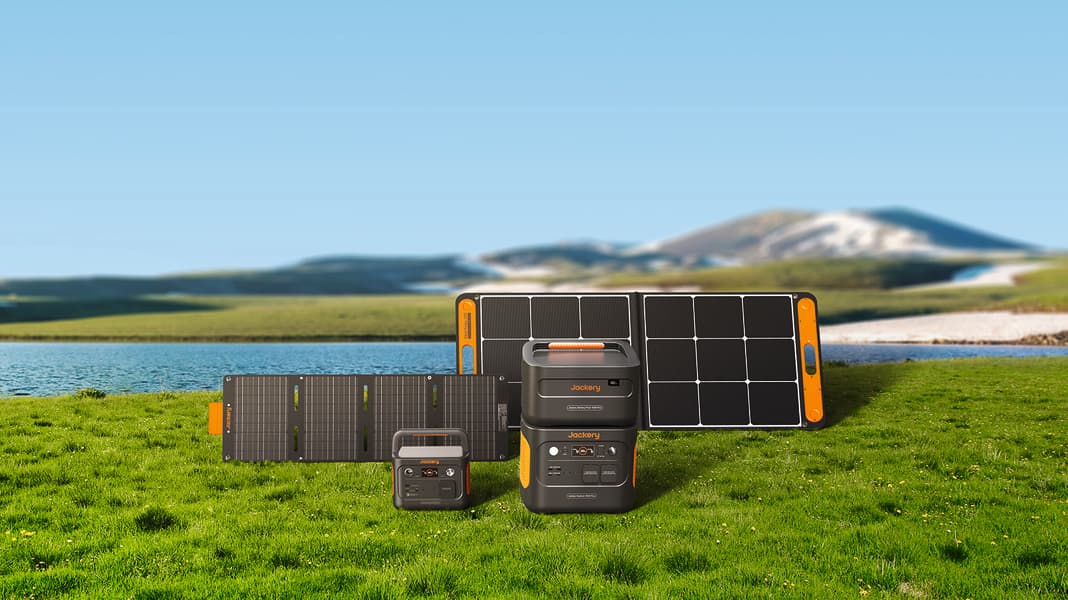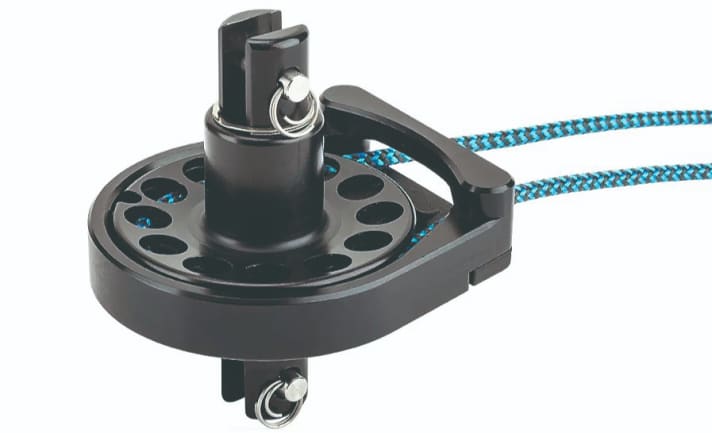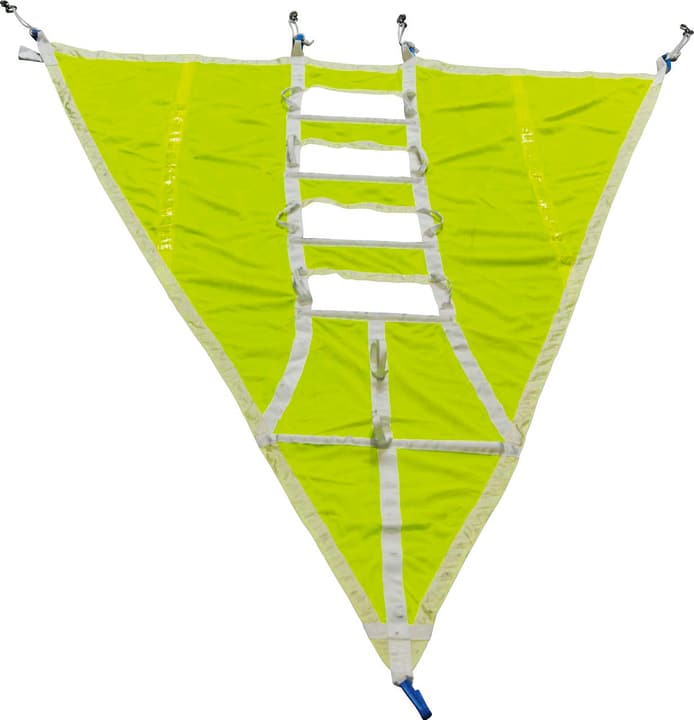
There is never enough energy on board. Chargers need to be supplied with power, as do cool boxes, lights and navigation electronics. But the battery capacity is finite, and at some point it has to be recharged. Solar panels are a good solution for this and can be found on more and more yachts for good reason. However, many owners shy away from a permanent installation on deck, especially as the space available on smaller boats often does not allow it. However, it should be possible to store the energy while remaining mobile - solar-powered power banks are available in many different sizes for this purpose.
The American company Jackery, founded in 2012, is an expert and pioneer in this field. Its product range includes portable solar batteries and photovoltaic systems. The Explorer 300 plus and 1000 plus models are new to the market. The latter offers a capacity of 1.26 kilowatt hours in a compact housing. The storage system can also be expanded. The smaller Explorer 300 plus variant is fully designed for mobility, weighs 3.75 kilograms and stores 288 watt hours of electricity. It includes a small 40-watt solar panel. The power stations contain a lithium iron phosphate battery. All have connections for 230-volt alternating current, 12-volt direct current and USB-A and USB-C. They can be charged at the socket or via the integrated solar cells. The Explorer 300 plus costs 299 euros, the large Explorer 1000 plus 1,299 euros.
More about solar on board:
Further equipment innovations:
Allen Swift Furl:Compact furling system for small boats

With Swift Furl, Allen has developed a furling system for Weta trimarans that is also suitable for dinghies and beach cats. The furling line is endlessly sheared. The furling system measures 91 millimetres, weighs 197 grams and has a maximum working load of 430 kilograms. This includes the High Load Top Furler with the same working load and a weight of 41 grams. Price: 268 and 202 euros.
SeaCurity Rescue Hoister: Double security in the MOB case

SeaCurity's new Rescue Hoister mountain sail consists of a triangular polyester fabric cloth with integrated steps for self-bailing. It is attached to the foot rail in a pannier and is quickly ready for use in an emergency. A person can be winched up horizontally out of the water using a halyard at the bottom corner.
